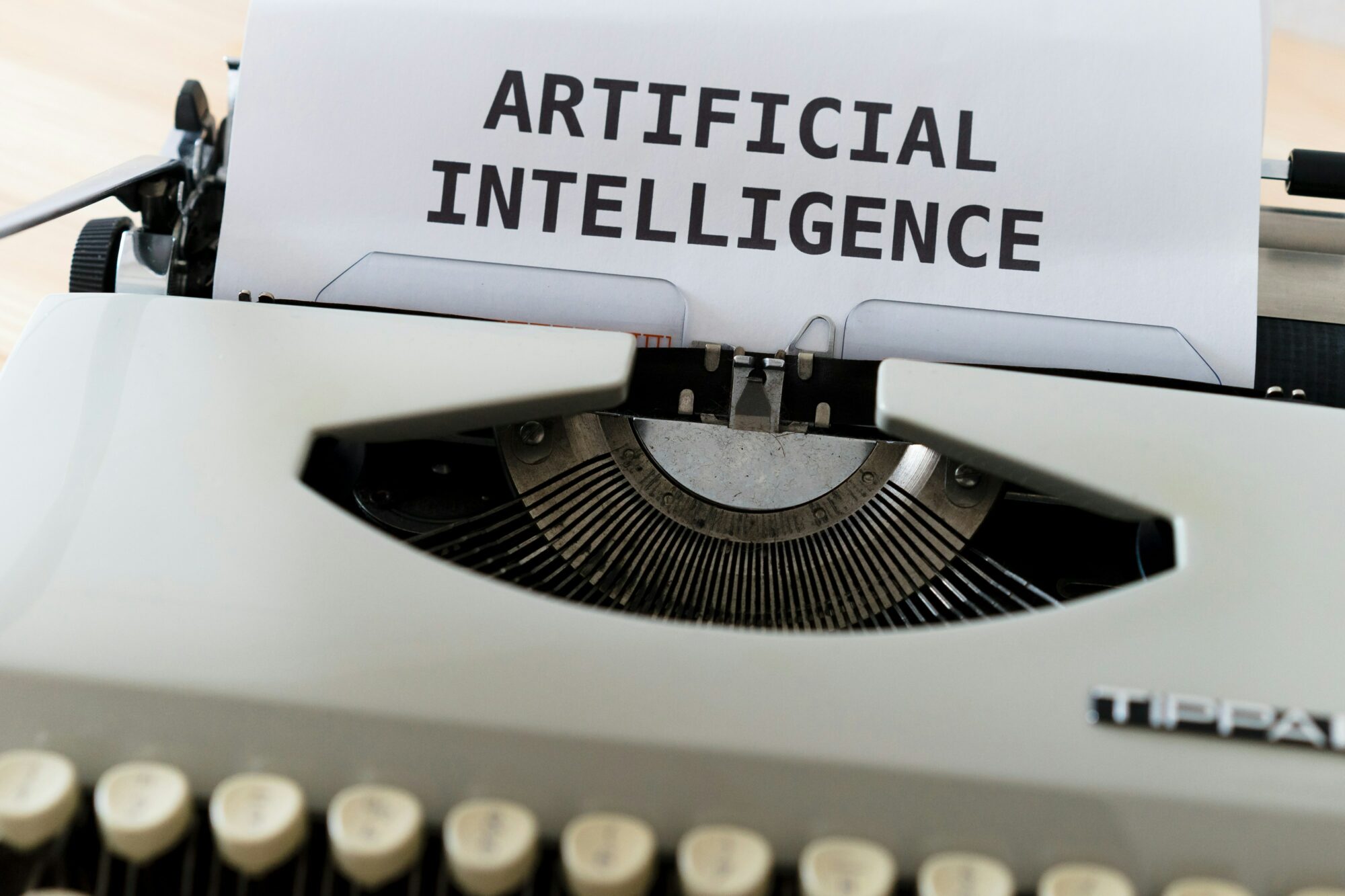In a matter of months, the text-based Generative Artificial Intelligence system ChatGPT has amassed an astounding 180 million users, setting a record for having the fastest-growing user base for a consumer application in history.
The popularity of the platform’s use among its diverse audience – from university students struggling to meet an essay deadline to professionals seeking to streamline commercial duties – is a testament to its capabilities. However, it’s worth noting that ChatGPT isn’t the only Generative AI platform on the market – and the surge in usage of these new technologies is already transforming our present PR and media landscape.
What is the difference between traditional and generative artificial intelligence?
Put simply, generative artificial intelligence employs massive datasets to guide new content creation. The inputs and outputs of generative AI systems aren’t limited to text: they can also use or produce images, videos, sound, and even blocks of code.
In comparison, regular artificial intelligence (often called Narrow or Weak AI) is trained to complete a task efficiently based on predefined rules, but it lacks the ability to innovate and create original work.
Alleviating workload, optimising resources
Because generative AI algorithms can transform data into compelling written or visual narratives, they can assist PR and communications specialists in creative content production. For instance, Jasper, a version of GPT-3 designed for enterprise marketing teams, can generate material such as social media posts and web copy, enabling employees to focus on more effective ideation, decision-making, and strategic activities.
For small businesses and boutique agencies, this is particularly significant: by reducing the impact of resource constraints and streamlining operational processes, smaller teams have a greater capacity to thrive in competitive PR environments.
Mirroring the biases of its designers
Unfortunately, the inherent human-like qualities embedded into generative artificial intelligence mean that the technology tends to reflect the same prejudices possessed by its creators, meaning that any racist, sexist, ableist, or otherwise harmful views exhibited within a dataset will be proliferated in the content produced.
That’s why it is imperative that we, as communications professionals, critically evaluate AI-generated media and the underlying source data from which it originates. By conscientiously engaging in strategies to identify and combat AI bias, such as documenting data sources, soliciting user feedback, and incorporating diverse perspectives in content development and review, we can amplify the voices of historically underrepresented communities and foster a culture at which understanding, empathy, and inclusivity are central.
A complement to human intelligence; not a substitute
Finally, it’s integral to note that while generative artificial intelligence can yield impressive results, it isn’t a replacement for genuine expertise and depth of knowledge. Consider the invention of the calculator: although it reduced the time required to undertake complex computations, the ingenuity and analytical skills possessed by human mathematicians never became obsolete.
Similarly, while AI may empower PR professionals to deliver more targeted and impactful strategies, the capacity to infuse human experiences, emotions, and insight into their work remains as critical as ever. Sensitivity and awareness are at the core of all effective communications campaigns – and so too are the humans behind them.
How are you and your team approaching the integration of generative AI in communications and PR strategies? Leave a comment here or on our IG post: @blueplanetpr
Image credit: Marcus Winkler





